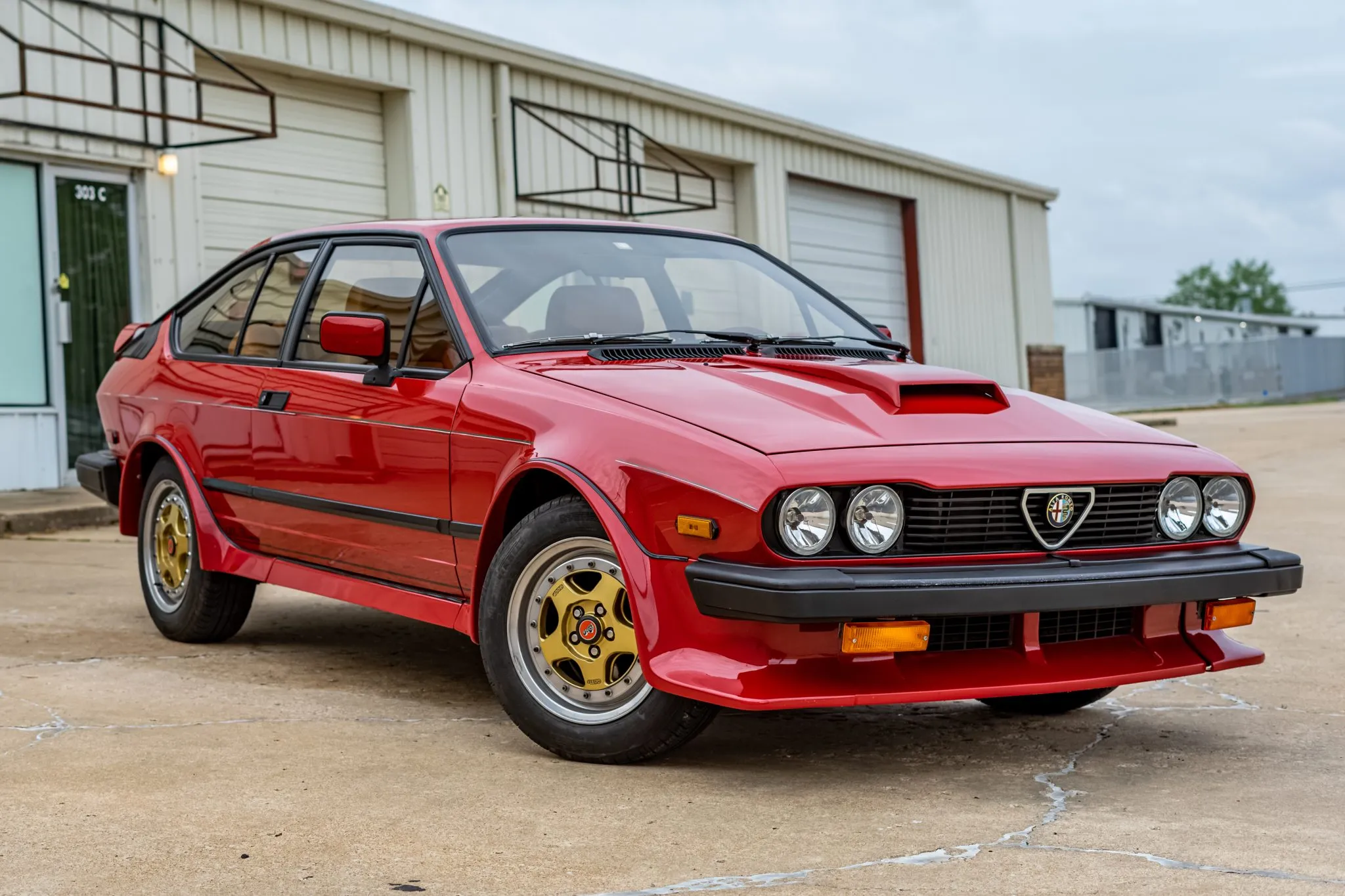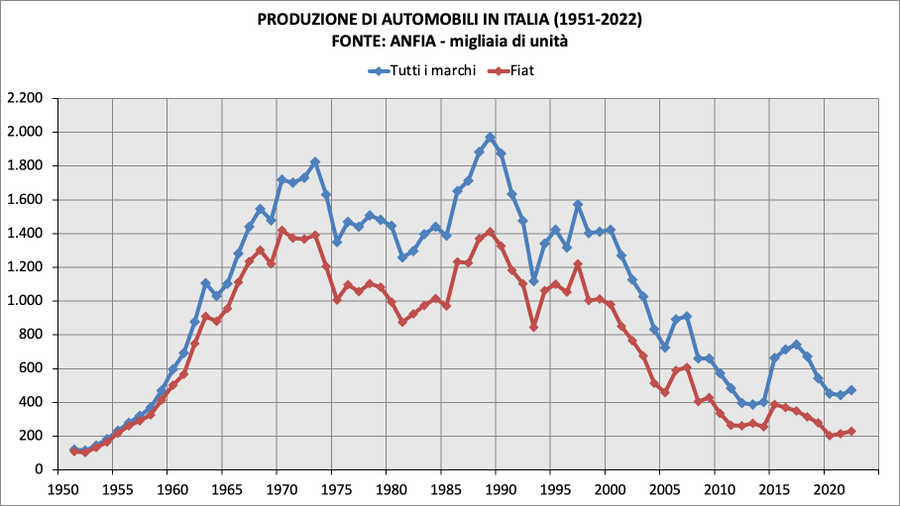Economy and business
Stellantis wants to eliminate 5000 jobs in Italy. The Italian car no longer exists

Stellantis is extending a severance offer to 15,000 employees, with approximately 500 reportedly inclined to accept the proposal. This development underscores the apparent lack of interest from the French conglomerate, the owner of brands formerly under the Fiat group, in Italy.
Stellantis, the automotive behemoth resulting from the merger of FCA and PSA, has initiated a voluntary exit plan encompassing 15,000 employees across Europe, including 5,000 in Italy. The scheme primarily targets individuals aged at least 57 with a tenure of 20 years within the company, although reports suggest that the offer has reached those outside these criteria. The objective is to align the workforce with the challenges posed by the market and the transition to electric mobility.
As per Milano Finanza, the offer outlines a severance payment equivalent to 24 months’ salary for factory workers and 36 months’ salary for office employees. Furthermore, those participating in the plan will be entitled to a supplementary pension until reaching retirement age.

The deadline for Stellantis’ offer is set for 31 December, and preliminary estimates indicate that 500 employees are already poised to accept the severance package. Among them, around 300 work at the Melfi plant, responsible for producing the Jeep Renegade and Compass, as well as the Fiat 500X. An additional 100 are employees at the Pomigliano d’Arco plant, known for manufacturing the Fiat Panda, while the remainder are situated at the central offices in Turin.
This offer serves as a stark reminder of the profound crisis within the European automotive industry. It further emphasizes the perception that the creation of Stellantis was essentially a sell-out of the former Fiat group to Peugeot. The Italian car sector seems to have diminished significantly over the years, exemplified by the drastic reduction in car production figures: 1,971,000 cars in 1989 compared to a mere 473,194 in 2022. Notably, Canale Sovranista points out that we are currently producing fewer cars than in 1960, essentially before the industrial boom.

While modern times bring about various advancements, including the Euro, ‘European values,’ and electric cars, the stark reality is that the once-thriving car industry in Italy has dwindled.
Is the common saying “common sickness, half a joy” applicable here? Stellantis is not the sole player in the automotive industry looking to downsize its workforce in anticipation of industry shifts. Volkswagen, too, has announced a reduction plan affecting around 30,000 employees globally, with 10,000 anticipated in Germany. The German automaker justifies this as a necessary measure to ensure the competitiveness and profitability of the company, planning to invest EUR 73 billion over the next five years in the development of electric and autonomous vehicles.
While the European car market continues to grow, it faces numerous challenges. According to data from ACEA, the European manufacturers’ association, registrations in March witnessed a 63% increase compared to the same month in 2020, when lockdowns caused a significant sales downturn. However, when compared to March 2019, registrations still lag by 21%. The high costs of hybrid cars coupled with diminishing consumer incomes contribute to the sluggish sales.
The overarching failure of the transition to electric vehicles, which Europeans seem reluctant to embrace, is becoming increasingly apparent. Unfortunately, it is the workers who bear the brunt of this failure.






